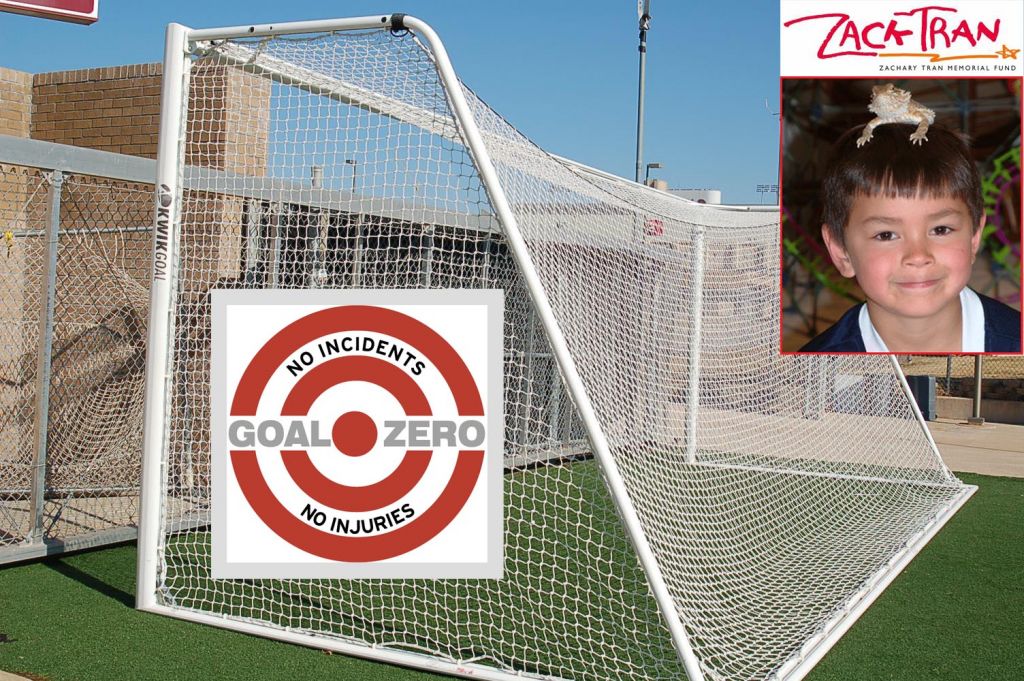We All Have Responsibility For Goal Safety!


A message from US Youth Soccer regarding Goal Safety. This is for all of us!! See full article below . . .
As we progress further into spring and getting ready for competitive tryouts, please remind all parents, coaches and referees . . .
TO INSPECT BEFORE EVERY PRACTICE, TRAINING ACTIVITY, AND GAME
- all goal posts and nets for safety, that they are properly anchored and secured, and
- the field and areas around the field that is being used.
For further information, please see the US Youth Soccer website:
Also, check out the Consumer Product Safety Commission report on Guidelines for Moveable Soccer Goal Safety.
To catch your attention (if we haven't caught it yet):
In 2011, the governor of Indiana signed into law a goal safety requirement called Zach's Law. Click here (You Tube Video) to take a look!
Good Soccer Goal Inury Information:
SOCCER GOAL INJURIES AND DEATHS
According to the U.S. Consumer Product Safety Commission (CPSC), most soccer goal post related deaths and injuries involved either unsecured or homemade goals. Children need to be watched and supervised when on the soccer field to ensure they are not playing on the goals. Injuries frequently occurred during horseplay such as climbing on the goal or attempting to do chin-ups, thereby tipping the goal over. Goals, whether homemade or manufactured, should be properly secured to the ground to avoid injuries or deaths associated with tip-over.
ANCHORING SOCCER GOALS
There are several different ways to properly anchor soccer goals. The number and type of anchors used will depend on factors such as soil type and goal weight. Anchor types include:
· Sandbags.
· Auger-style anchors that are screwed into the ground.
· Semi-permanent anchors, which require a permanently secured base buried underground with the use tethers or bolts to secure the goal.
· Peg, stake or j-hook style anchors that are driven into the ground.
It is suggested that soccer coaches, officials, parents and players follow these safety guidelines:
- Securely anchor or counter-weight portable goals at all times.
- Store movable soccer goals in a place where children cannot access them.
- Never permit anyone to climb on the net or goal framework.
- Remove nets when goals are not in use.
- Check all connecting hardware before every use and replace damaged or missing anchors immediately.
- Ensure safety/warning labels are clearly visible.
- Always exercise extreme caution when moving goals and allow adequate manpower to move goals of varied sizes and weights.
- Movable soccer goals should only be moved under adults supervision.
- Movable soccer goals should only be used on level (flat) fields.
- Instruct players to avoid unsafe use of goals.


